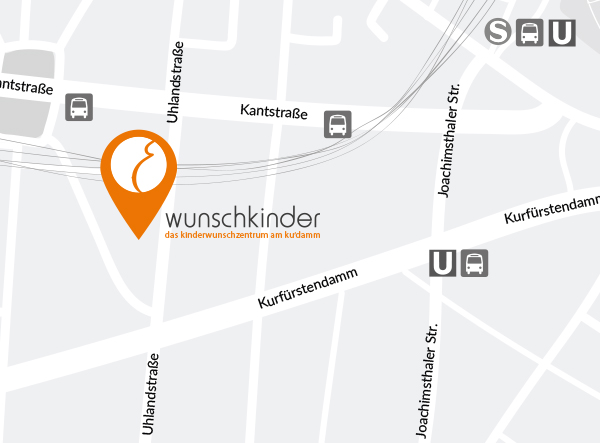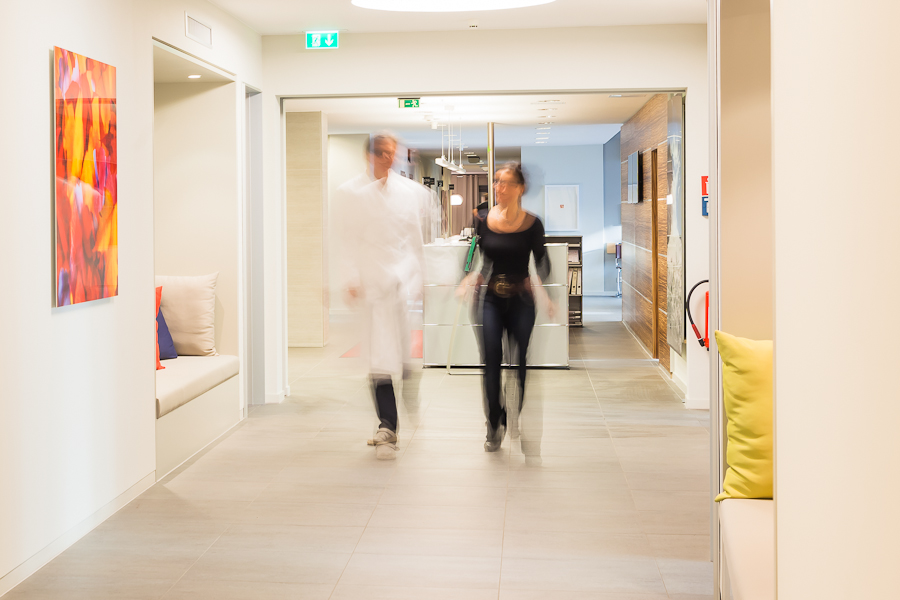The latest medical technology: time-lapse procedure in the Wunschkinder practice
The time-lapse procedure is a big step for fertility treatment and a new world standard. Wunschkinder in Berlin now offers embryo culture in the time-lapse incubator system (Geri, Fa. Merck-Serono) to couples wishing to have children as part of IVF or ICSI therapy.
Detailed observation through an integrated camera
The state-of-the-art incubator is equipped with an integrated microscope and a camera system that continuously records and documents the cell division of the embryos. For the first time, this makes it possible to observe the course of the developmental phases in detail and thus better assess the actual quality of the embryos - without having to remove them from the optimal atmosphere of stable temperature, air and humidity conditions. Every couple or woman wishing to have a child receives their own incubation chamber in our fertility centre.
The prospects: higher pregnancy rates, less risk
The embryo develops better and its quality increases, if it is rarely or never taken out of the incubator system. In conventional observation, developing embryos are usually taken out of the incubator once a day and viewed under a microscope. This exposes the embryos to fluctuations in temperature and gas conditions.
Things have changed with the new incubator system, because the integrated camera makes recordings every 5 minutes. In order to assess the quality, recording the first cell divisions in 73 particular is crucial - these cannot be recorded in the conventional procedure (selective observation once a day). The goal of this process is to transfer the embryo that has the highest potential to implant and lead to a pregnancy.
The time-lapse procedure can also be useful in cases where pregnancy has not occurred despite multiple previous embryo transfers. The close evaluation of embryo development can help to detect any abnormalities.
Increasingly, the transfer of only one embryo is recommended in fertility treatment (so-called single embryo transfer). Ideally, the embryo that is most likely to lead to pregnancy should be transferred. Single embryo transfer can reduce health risks associated with multiple pregnancies for both woman and child. However, the overall chance of pregnancy also decreases, especially after the age of 35.
With the help of the time-lapse procedure, it is therefore easier to identify the “best” embryo. Studies show that this can increase the pregnancy rate by about 5-10% and at the same time reduce the risk of miscarriage by approximately 5%. (Time-lapse culture with morphokinetic embryo selection improves pregnancy and live birth chances and reduces early pregnancy loss: a meta-analysis; C. Pribenszky , A. Nilselid , M. Montag ; Reprod Biomed Online. 2017).
With us offering the time-lapse procedure, we are taking a step towards more individual and better-quality fertility treatment.
Are you planning fertility treatment and would like to know more about the time-lapse procedure? Talk to us and make an appointment with your doctor.

